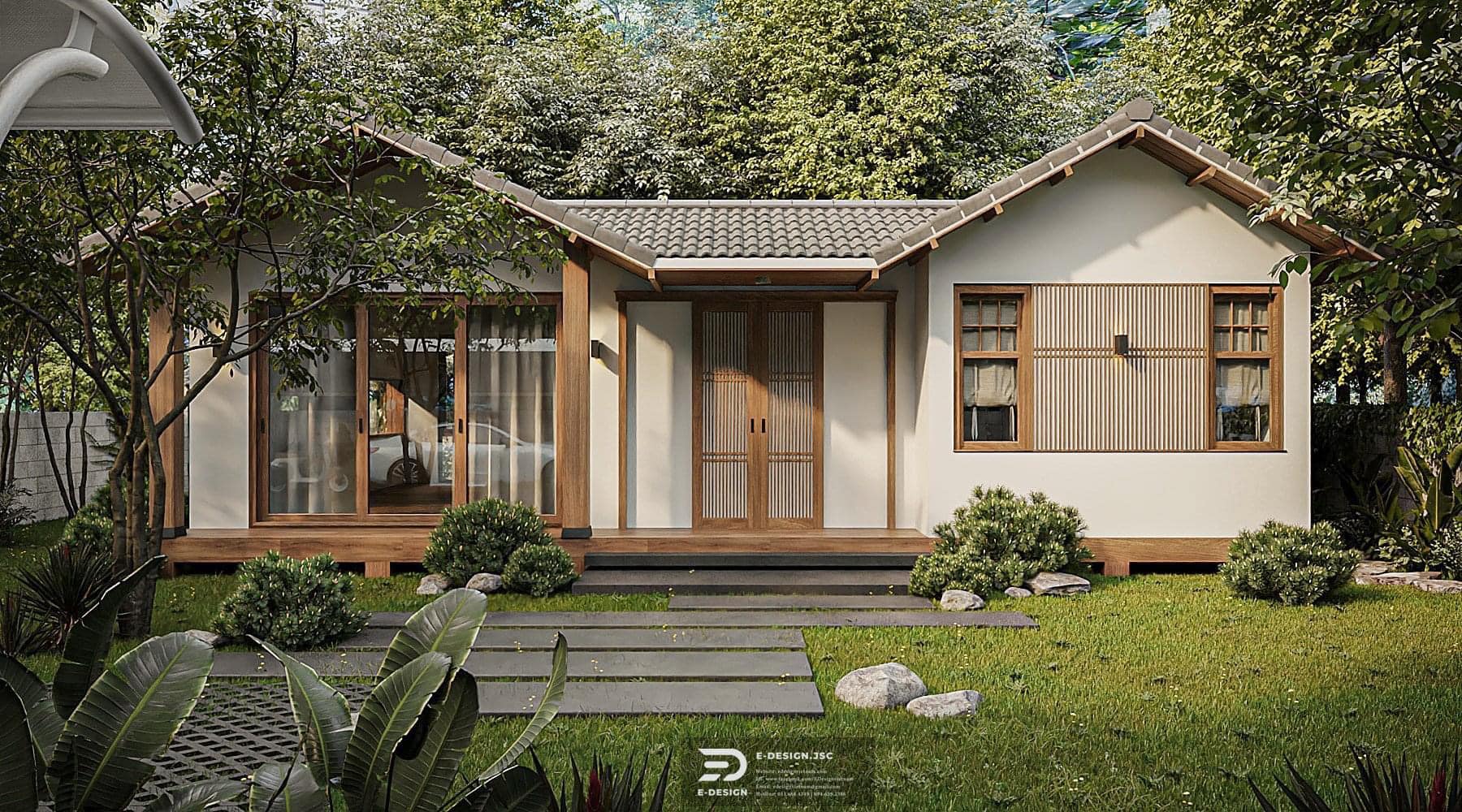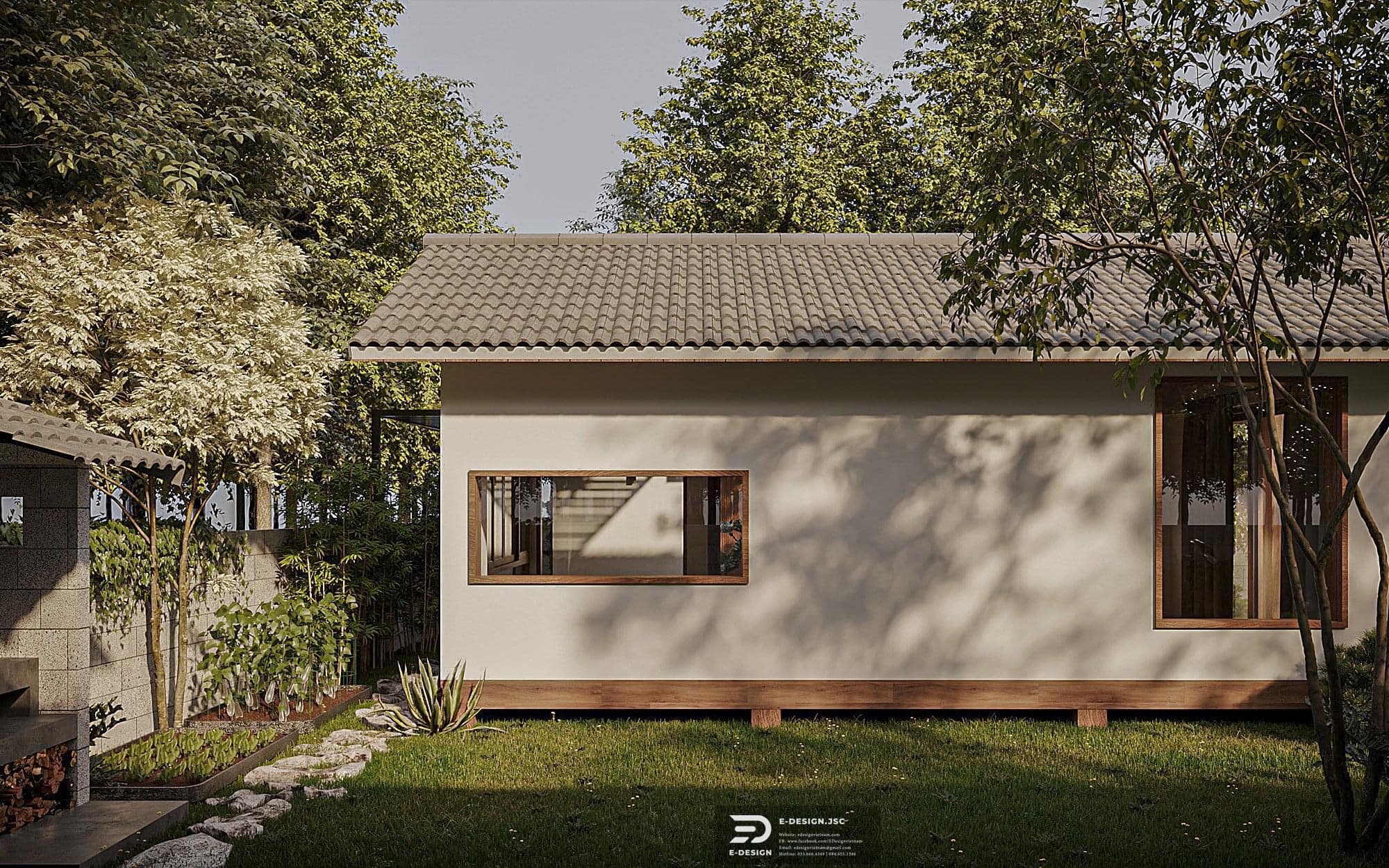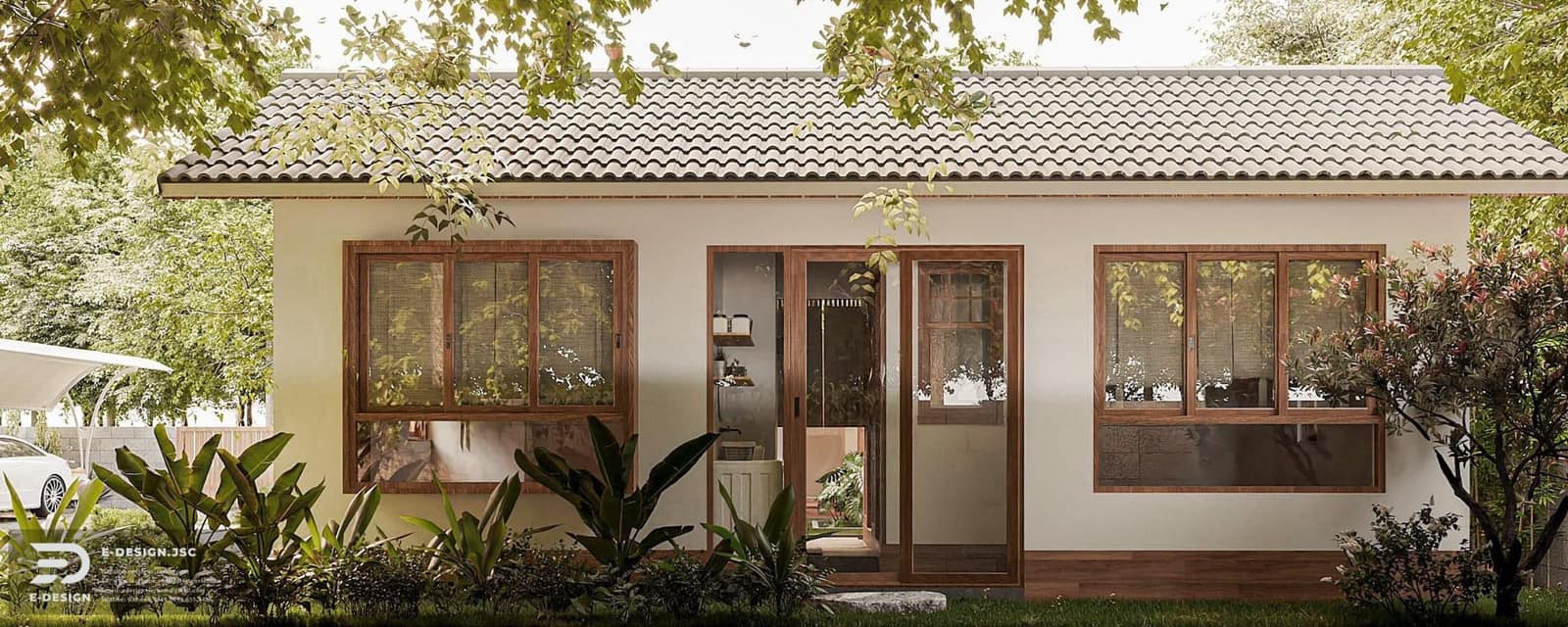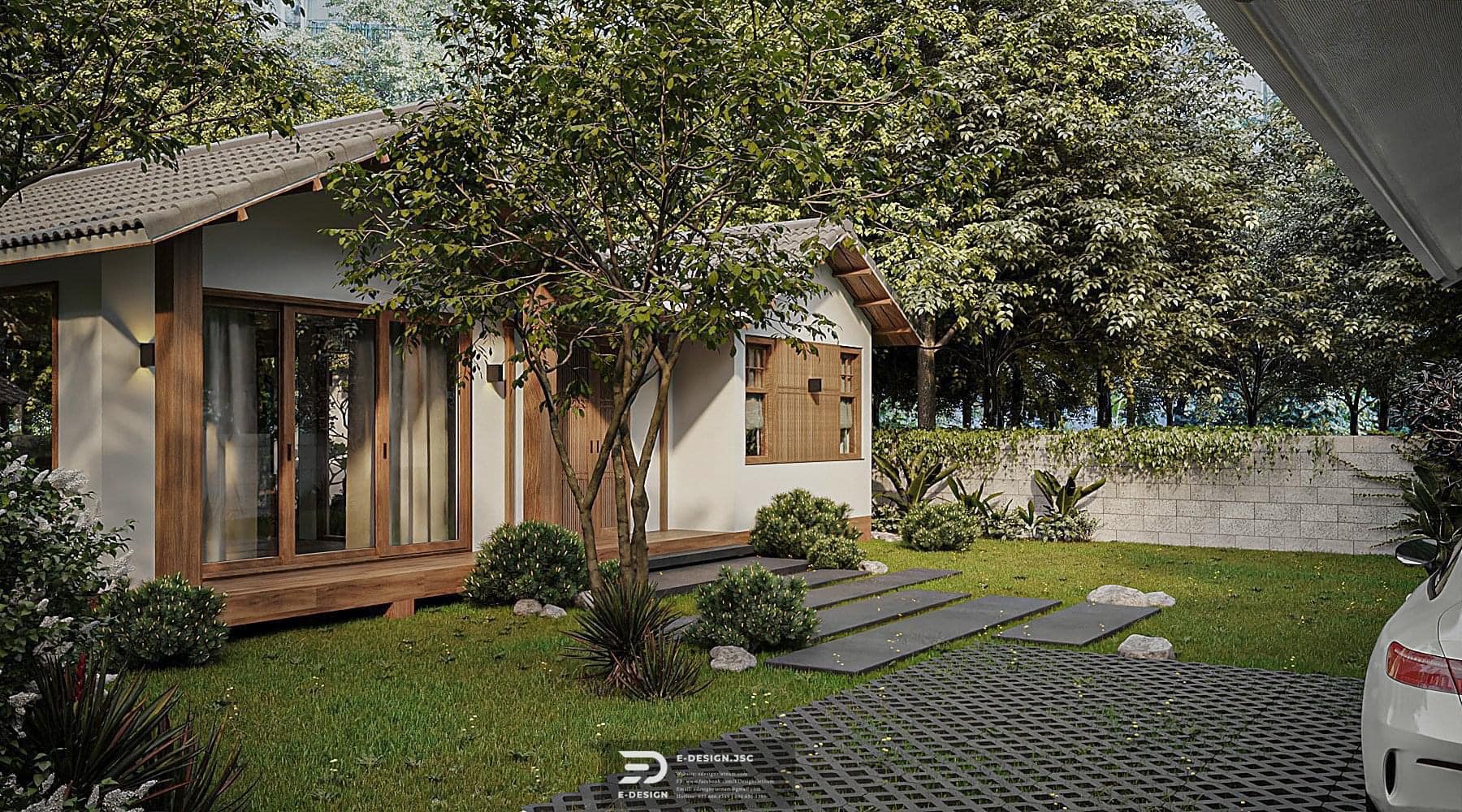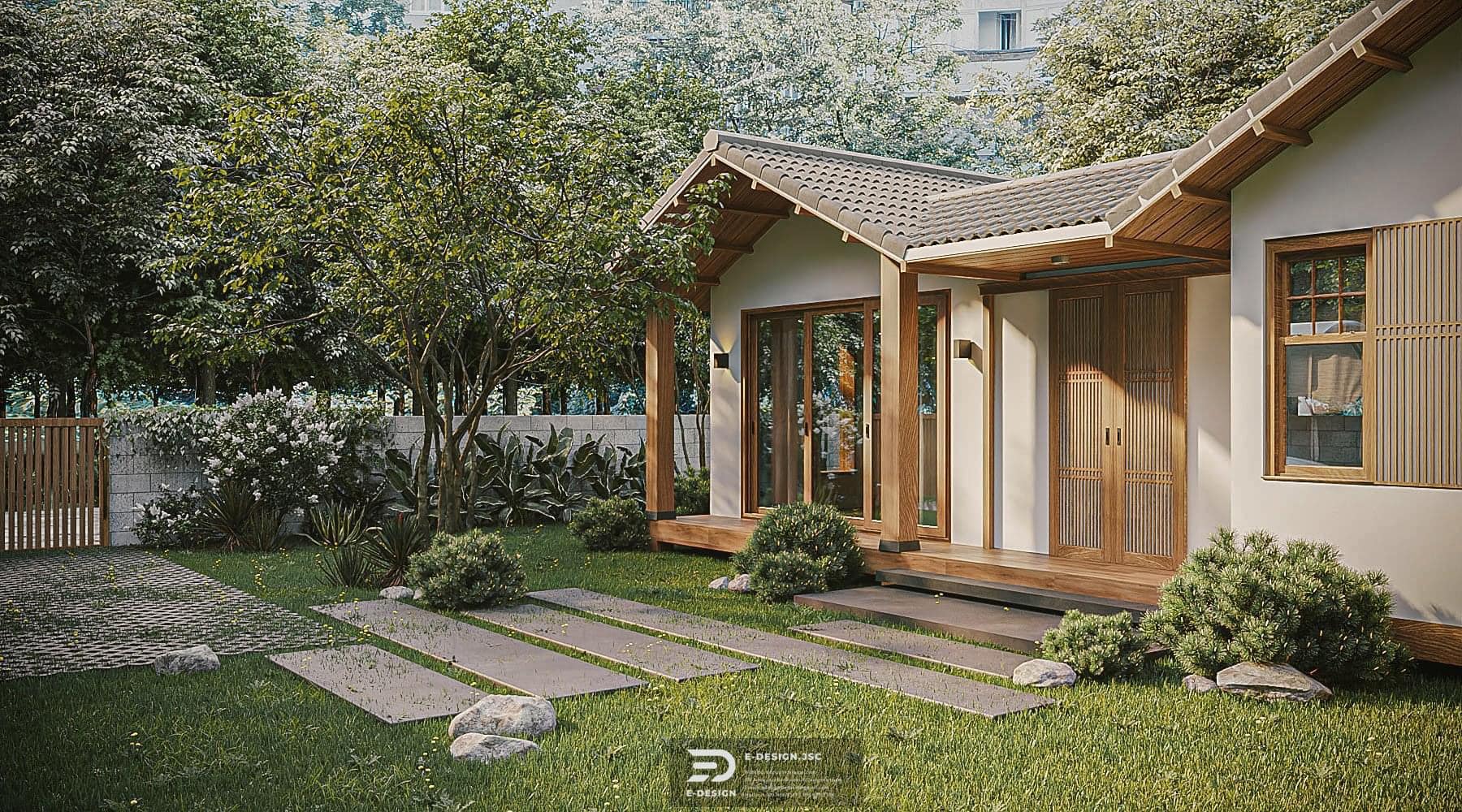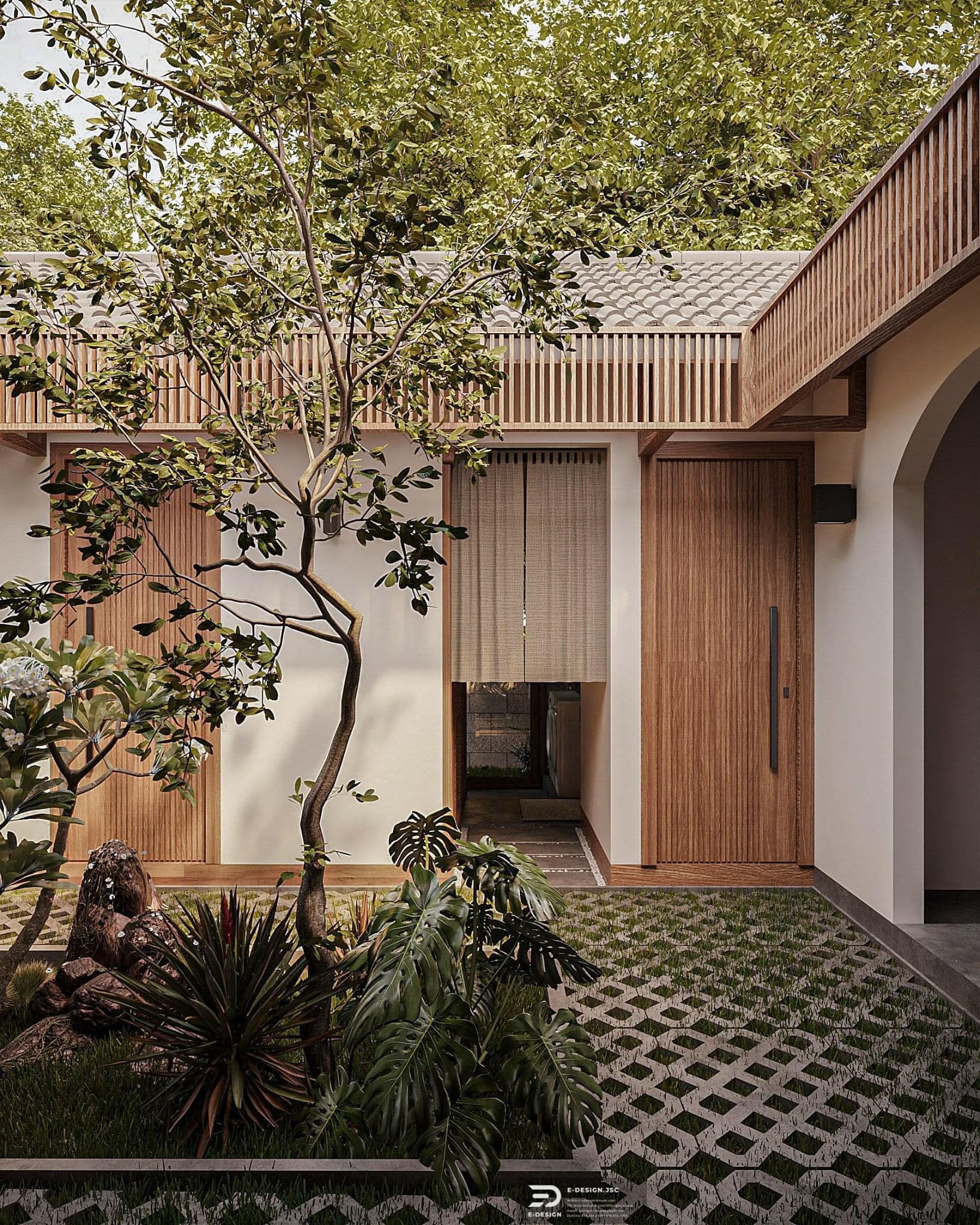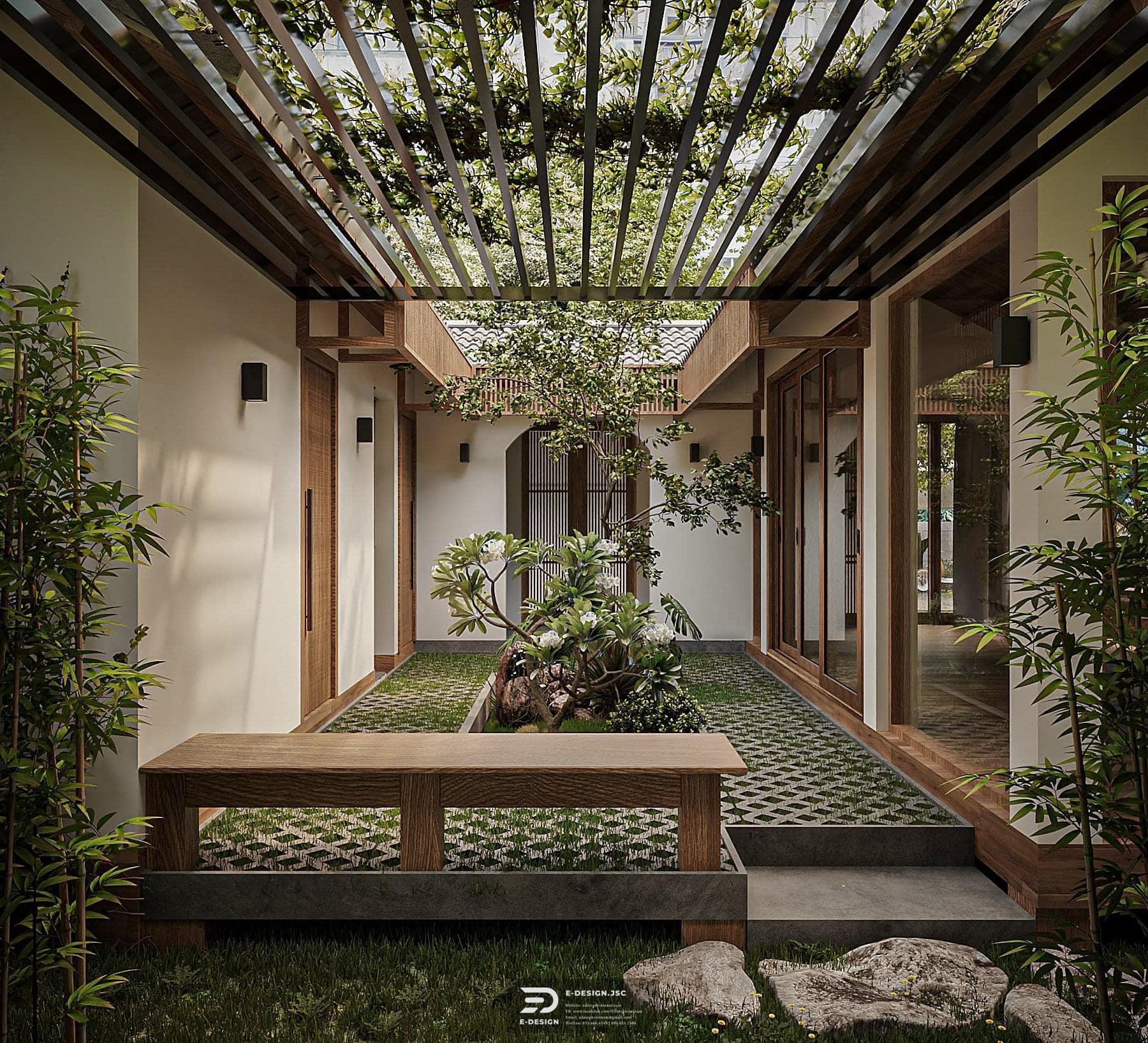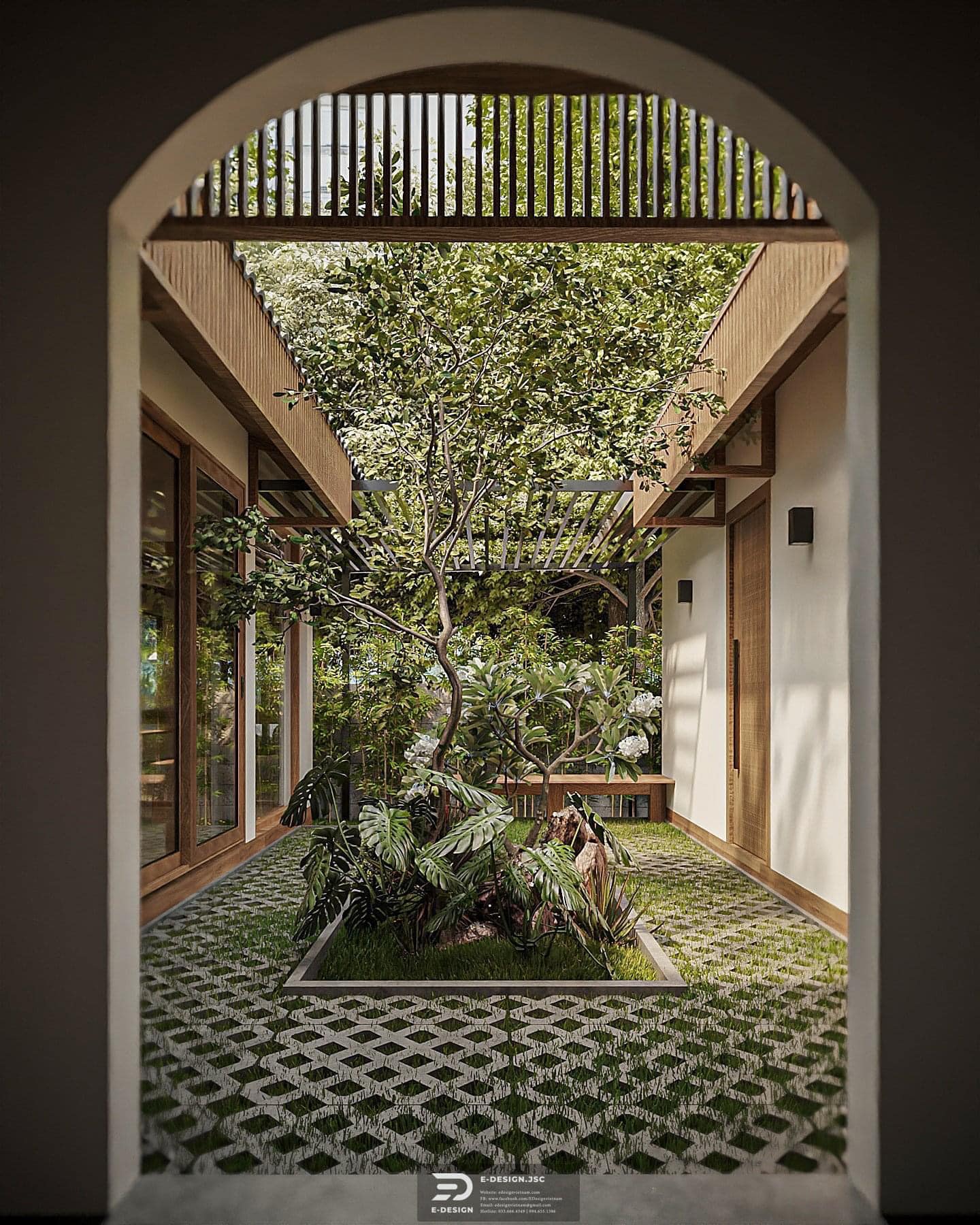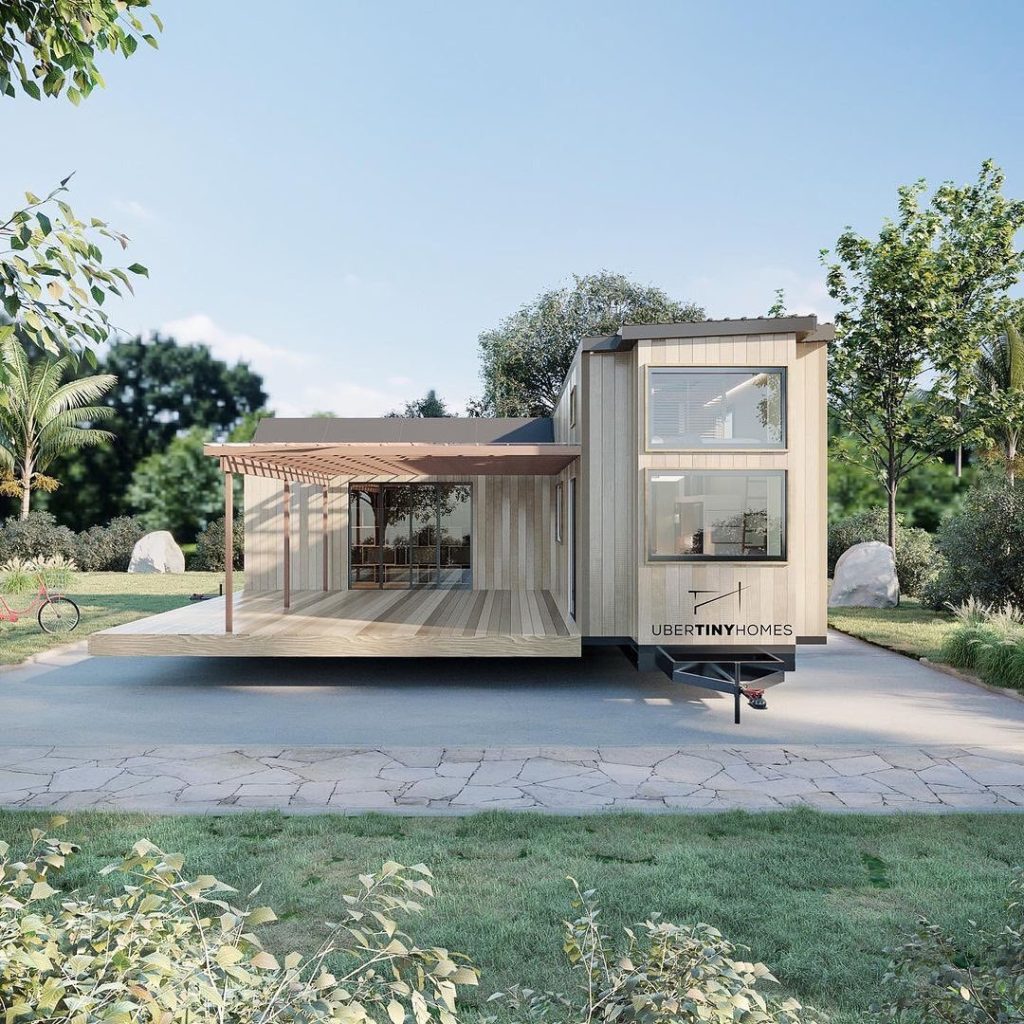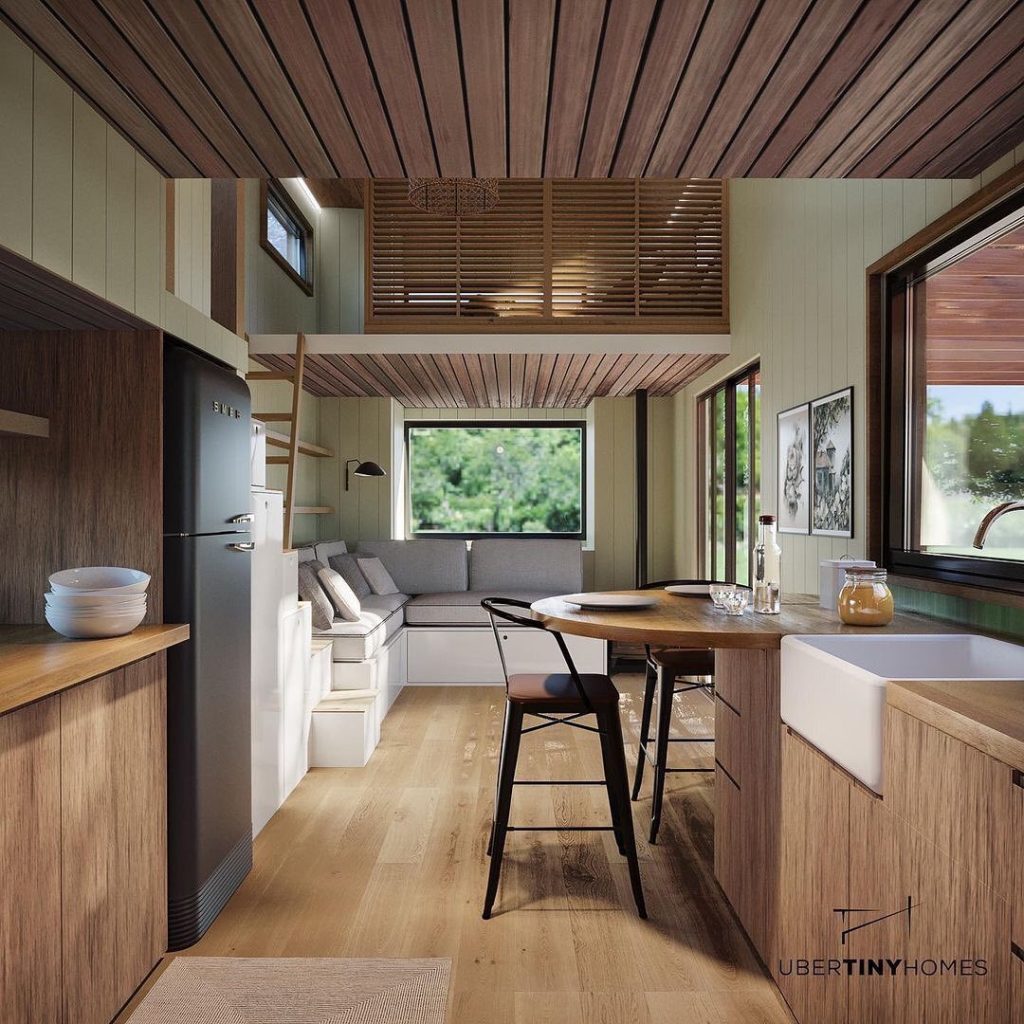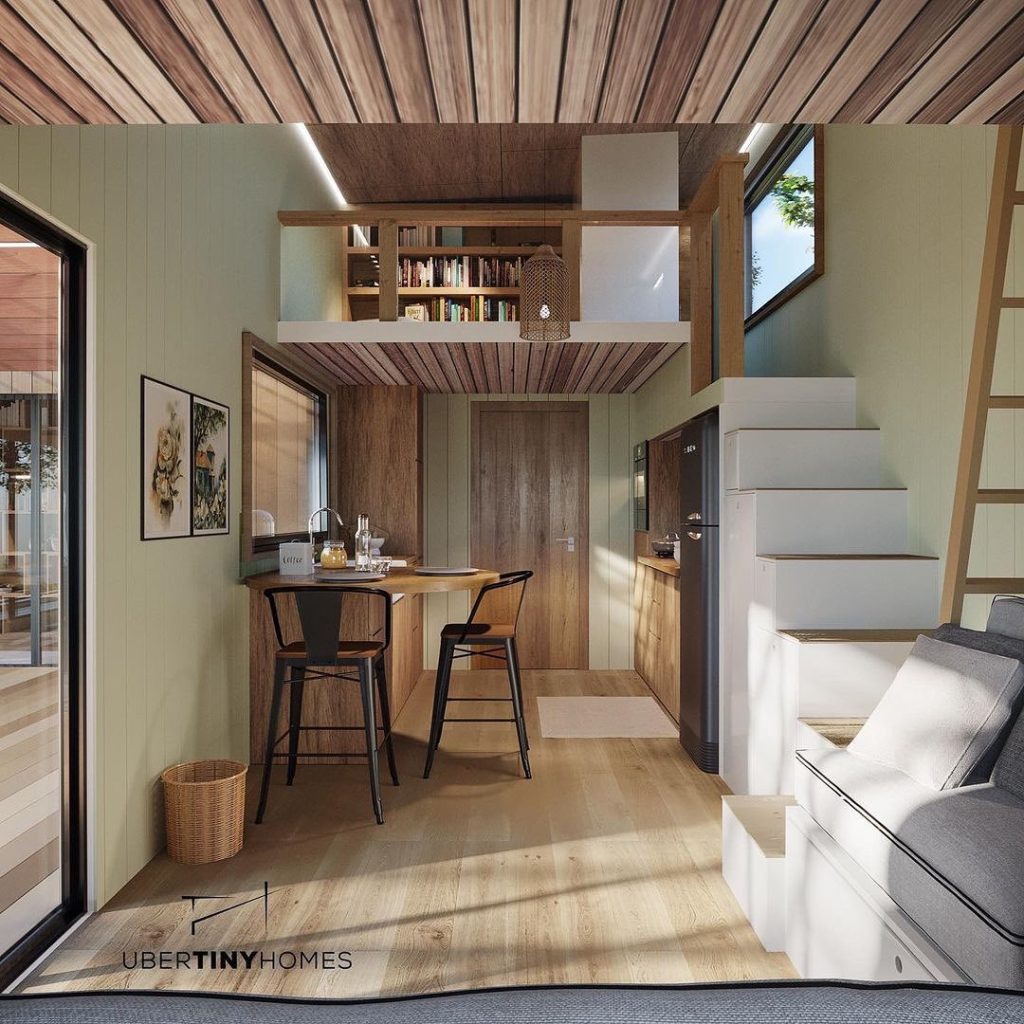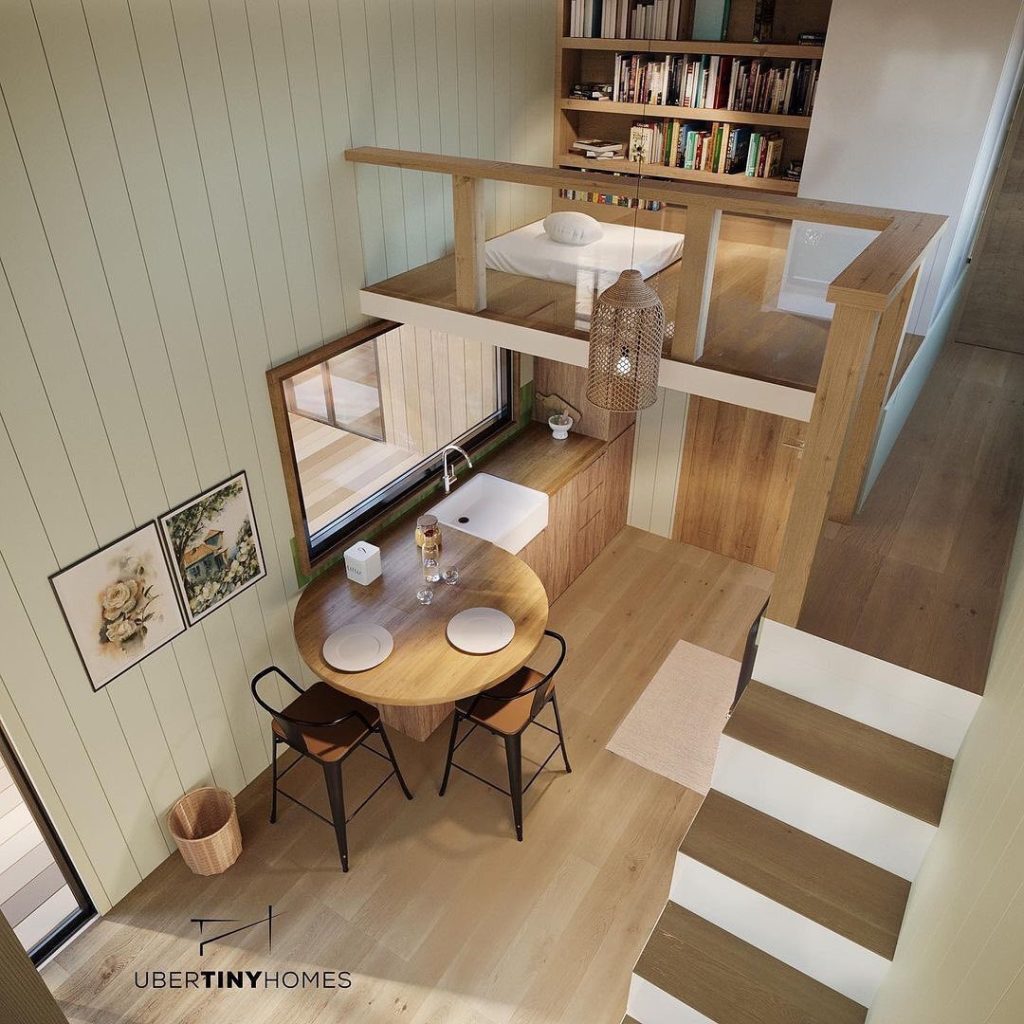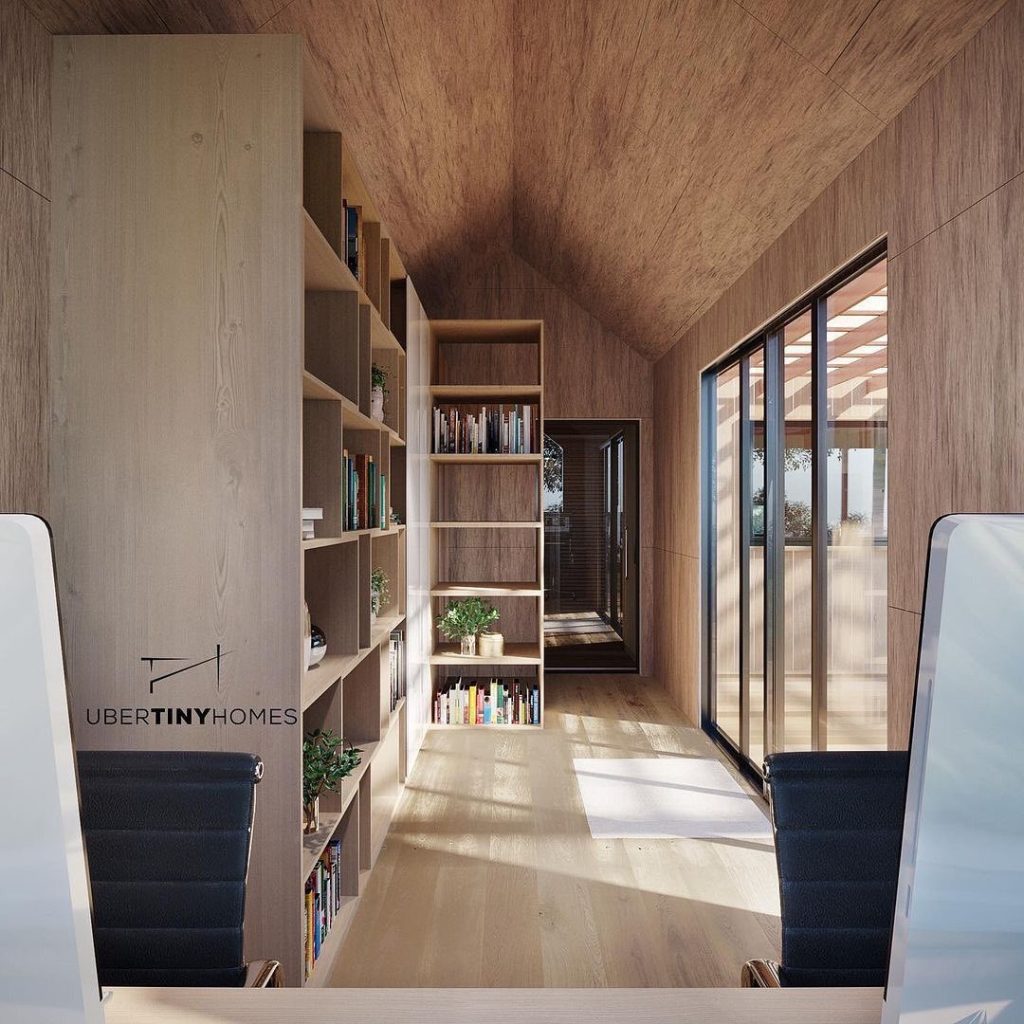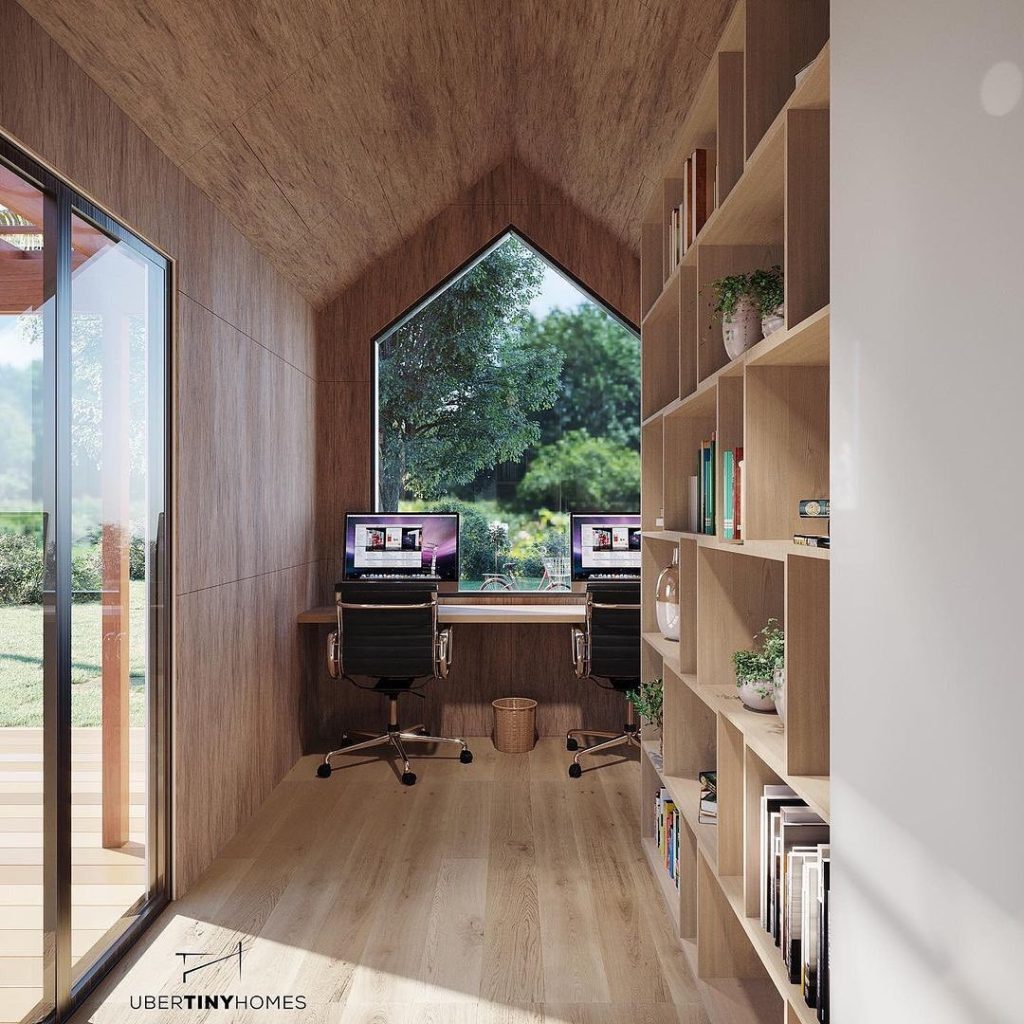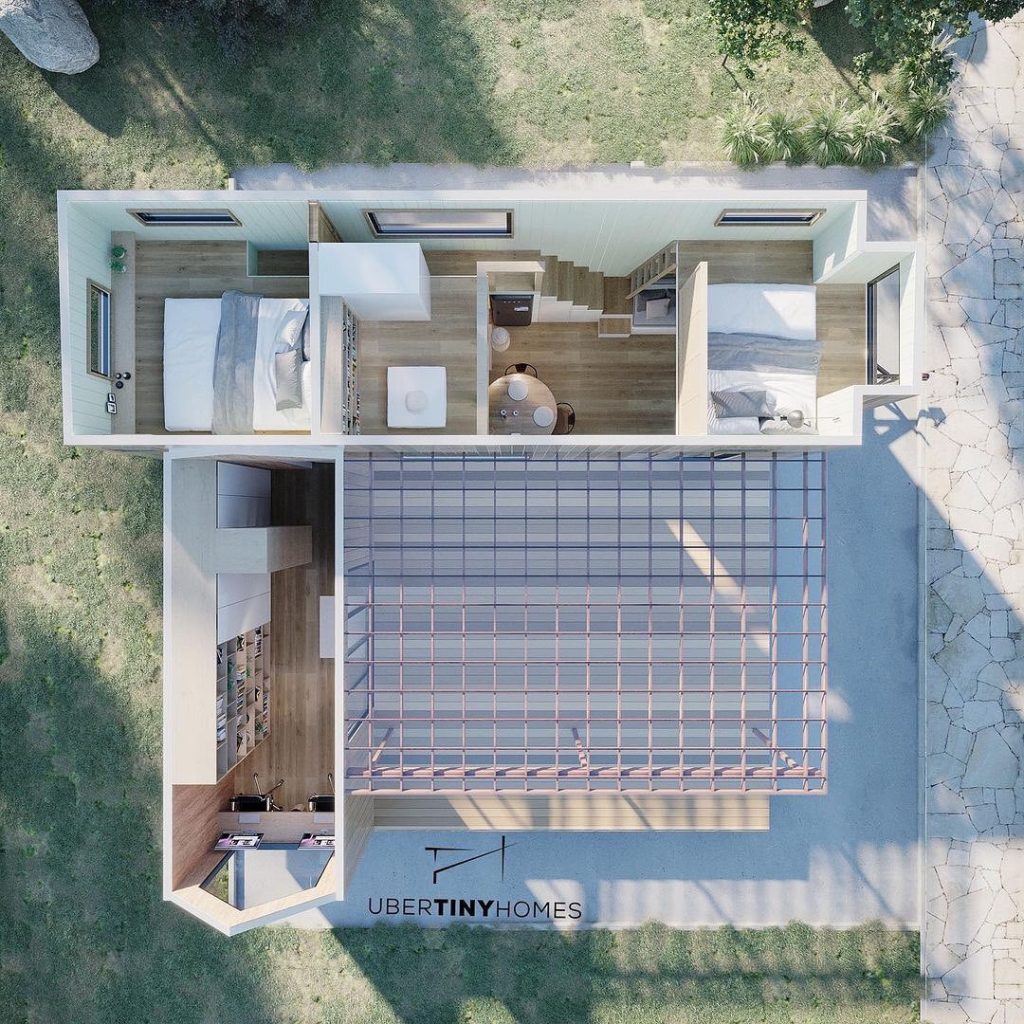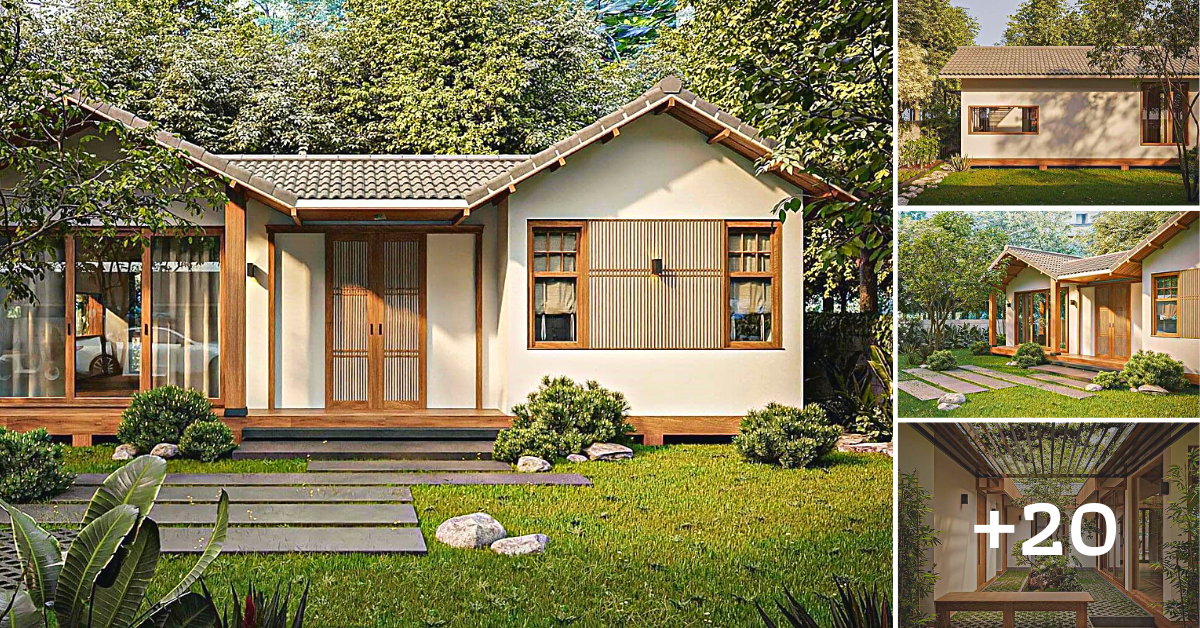
Living Area: 90 sq.m.
Credit: E-Design vietnam
Japanese interiors have a quiet, meditative feel that encourages those in the space to take a step back to enjoy the simpler things in life. Bring some of these tranquil decorating touches to your home with key elements of this interior style to replicate a peaceful, Zen state of mind.
One of the most iconic elements of Japanese interiors is Shoji, also known as sliding screens. Traditionally, they are made from translucent rice paper framed by wood.
Unlike regular swinging doors, Shojis slide back and forth, saving space in small homes. Modern versions of the Shoji uses glass panels instead of rice paper for easier maintenance.
A key feature of both modern and traditional Shoji is that it does not block the natural light. Try replacing a large internal wall with a Shoji as it could be a great way to incorporate some light into your home.
Wood is prized in Japanese interiors, but if you’re looking to change the colour of your wood, stain it instead of it painting over. Wood staining protects and preserves the natural beauty of the wood as opposed to paint.
Minimalist design and open spaces reign in Japanese interiors, and one way to achieve this design aesthetic would be the use of natural lighting.
.
.
More Recommended Houses
Details: 2 Bedrooms, 1 Bathroom
.
.
.
.
.
.
.
.
.
Credit: UBERTINYHOMES

